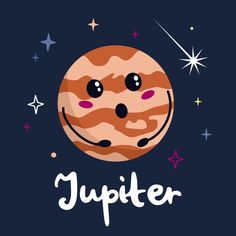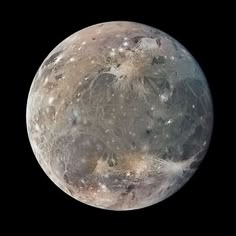
Jupiter

Jupiter, the most massive planet in our solar system—with 79 known moons and an enormous magnetic field (magnetosphere) — forms a kind of miniature solar system. Gaseous Jupiter resembles a star in composition, but it never grew massive enough to start the fusion process. Several of its moons are of interest to astrobiologists searching for life elsewhere in the solar system. The image above left shows Jupiter’s true colors. The right image has been color-coded to show cloud height from high altitude (white) through mid-range (blue) to low altitude (red).
Jupiter’s Great Red Spot, a vast cyclone located in Jupiter’s southern hemisphere, is about three times the diameter of Earth and is visible even through small backyard telescopes. The colors change as different chemicals and gases are churned up from the bottom layers to the “surface” of the gaseous planet. The winds at the edge of the spot can reach up to 550km per hour. This long-lasting storm was probably first observed by astronomer Giovanni Cassini in the late 1600s. It was not seen up close until NASA’s Pioneer 10 spacecraft made its flyby in 1974.


